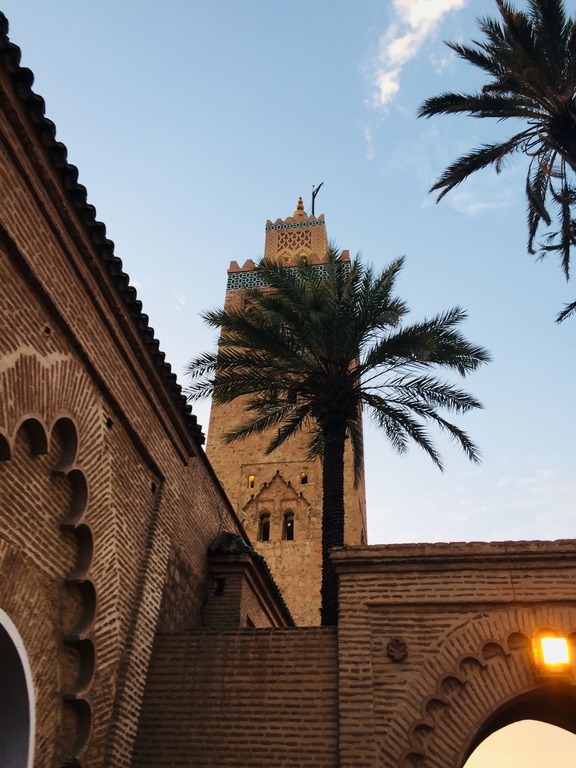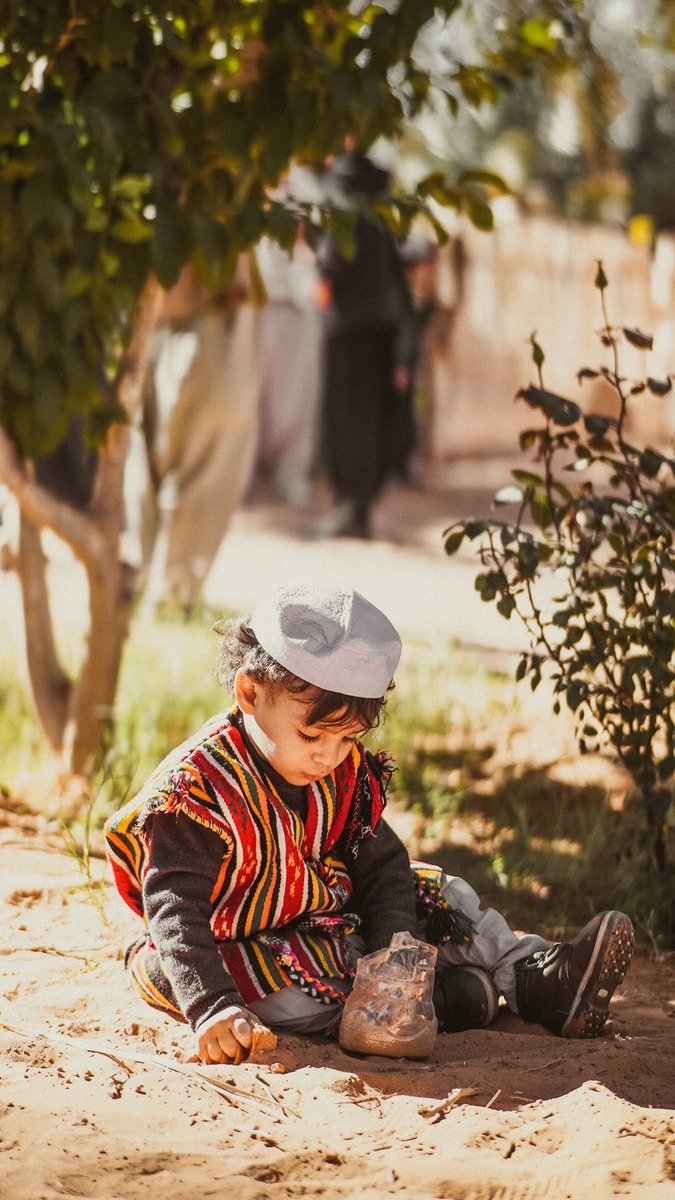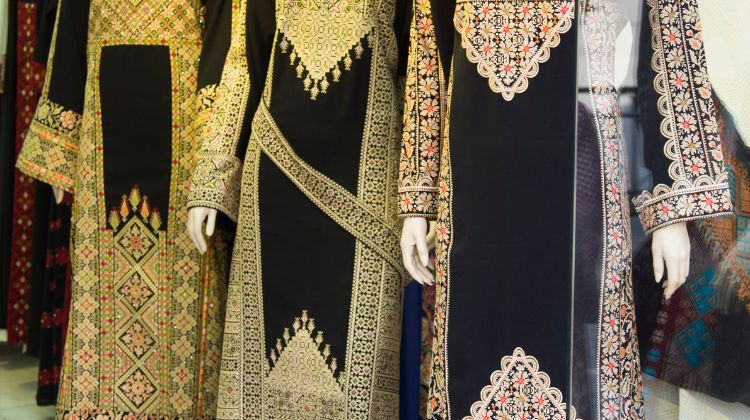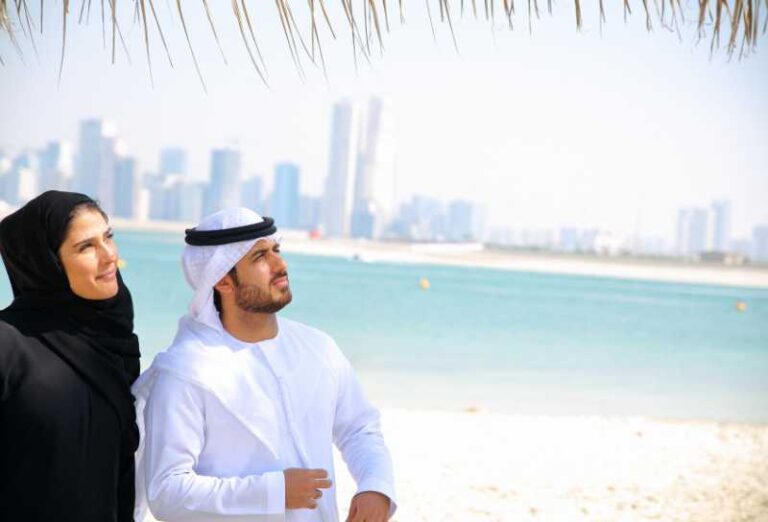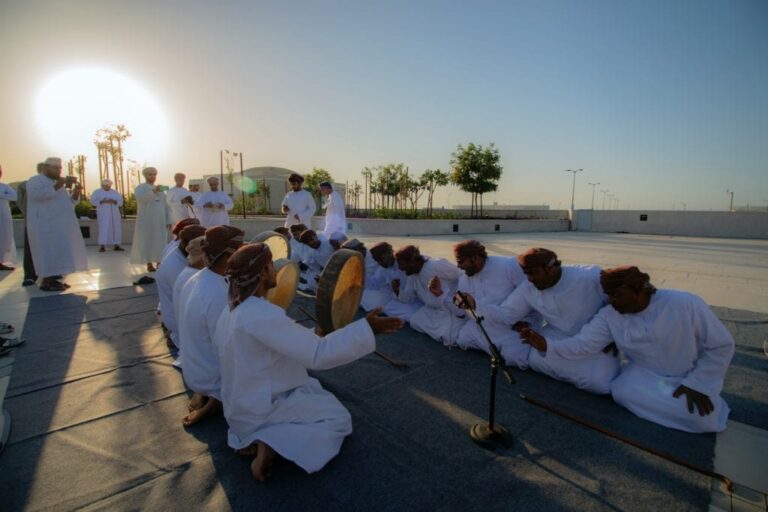The Abaya: A Symbol of Tradition and Identity
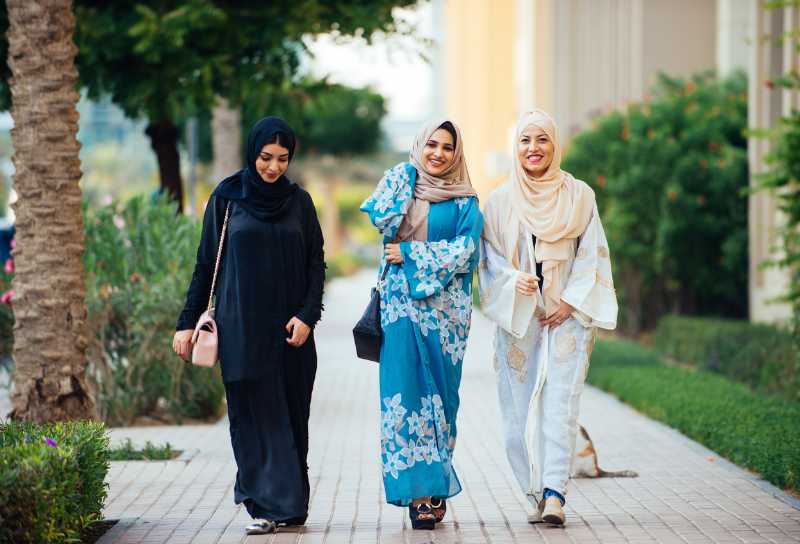
The abaya, a distinctive and culturally significant garment, is worn by countless Arab and Muslim women worldwide. Beyond mere attire, it carries profound cultural, religious, and social meanings.
This article delves into the abaya’s significance, evolution, and its varied interpretations among Arab and Muslim women .
Some links below may be be affiliate links. As an Amazon Associate I earn from qualifying purchases.
Table of Contents
Religious and Cultural Significance
For Muslim women, the abaya holds immense religious and cultural weight, embodying their commitment to the modesty advocated by Islamic teachings.
Modesty is a cornerstone of Islam, and the abaya plays a pivotal role in adhering to this principle by enveloping the body from neck to ankles.
Often accompanied by a headscarf (hijab) covering the hair, the abaya signifies adherence to Islamic values, forging a connection between women and their faith and heritage.
One striking facet of the abaya is its diverse styles, colors, and designs across various regions and cultures.
In Gulf nations, abayas boast intricate embroidery, embellishments, and even Swarovski crystals, mirroring the region’s opulence.
Fashion and Modernization
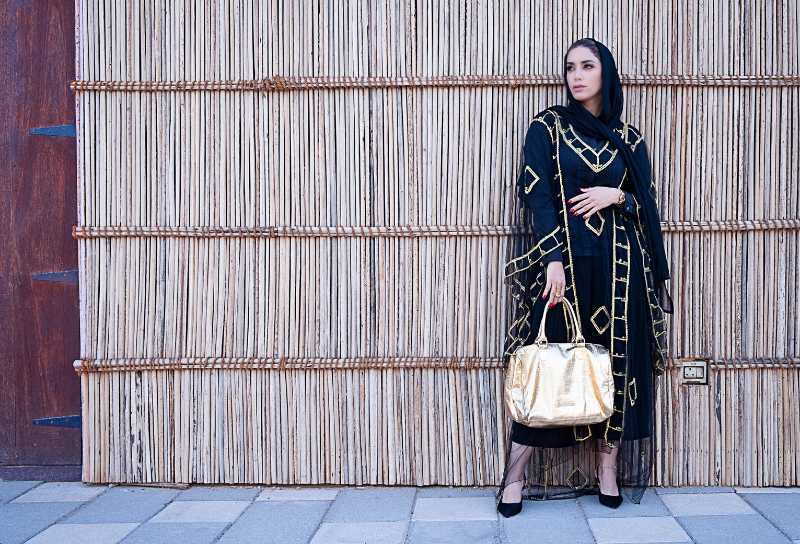
In recent decades, the abaya has undergone a dynamic transformation, influenced by evolving fashion trends and shifting societal norms.
While deeply rooted in tradition, modern abayas now span a wide array of styles, cuts, and materials.
Fashion designers have ingeniously merged traditional elements with contemporary aesthetics, catering to the preferences of a new generation.
This fusion of cultural heritage and modern fashion has breathed fresh vitality into the abaya, endowing it with the dual role of identity symbol and canvas for artistic innovation.
Relate Post: Arab Women Fashion
Challenges and Empowerment
Despite its rich history and cultural significance, the abaya has not escaped controversy.
Some argue that it might perpetuate stereotypes or curtail women’s freedom of choice.
However, it’s crucial to recognize that many women choose to wear the abaya willingly and take pride in doing so, finding empowerment in upholding cultural and religious values while expressing their individuality.
Where to Buy Abayas:
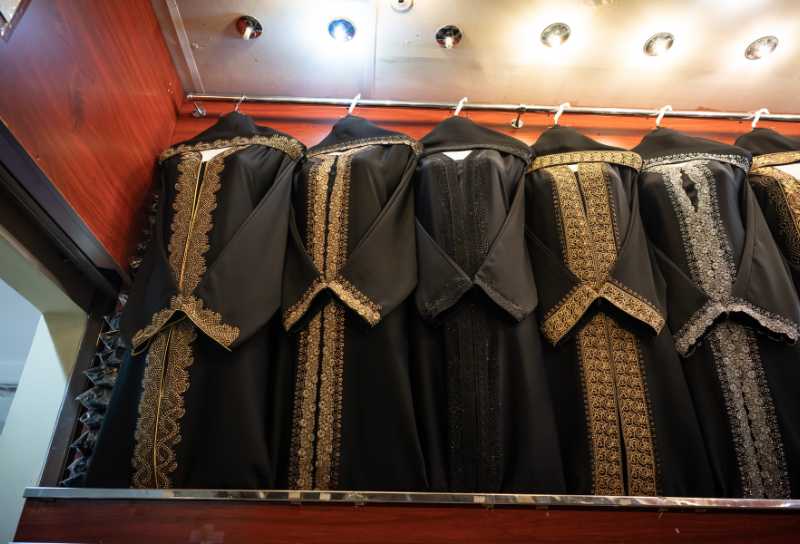
Navigating Choices in a Global Market For those keen on embracing the elegance of the abaya, a plethora of purchasing options abound.
In regions with substantial Muslim populations, local markets and specialty stores offer a diverse array of abayas catering to various tastes and preferences.
The proliferation of online platforms has further widened the accessibility of abayas, allowing shoppers to explore designs from around the world and directly engage with designers and artisans.
When acquiring an abaya, considerations such as quality, authenticity, and ethical sourcing should be paramount to ensure that the garment harmonizes with personal style and cultural values.
Curious about adding abayas to your closet? Take a look at these choices!
Choosing the Perfect Abaya: Fabric, Fit, and Personal Style
In the realm of modest fashion, abayas stand as a timeless and elegant choice for women seeking to blend style with tradition.
Whether you’re a novice to the world of abayas or a seasoned fashion enthusiast, the art of choosing the perfect abaya entails a seamless fusion of fabric, fit, and personal style.
We will navigate you through essential steps to empower you in making an informed and confident decision.
This ensures that your abaya not only complements your physique but also reflects your unique individuality.
Step 1: Exploring Fabrics for Every Occasion
Embarking on the quest for the ideal abaya commences with selecting the right fabric.
Each fabric contributes distinctive attributes, ensuring both a striking appearance and enduring comfort throughout the day.
Cotton Comfort: Opt for a cotton abaya for breathable comfort. Particularly suitable for warmer climates, cotton facilitates optimal air circulation, guaranteeing coolness even during scorching days.
Chiffon Blend Elegance: If you seek elegance and fluidity, a chiffon blend abaya is the pinnacle of choice. The lightweight, flowing texture of chiffon bestows an ethereal charm, rendering it perfect for special occasions.
Satin Luxe: For an aura of sophistication and opulence, the satin abaya reigns supreme. Its smooth, lustrous finish exudes grandeur, rendering it apt for formal gatherings and events.
Step 2: Flattering Fits for Every Body Type
Once the fabric is settled, it’s time to deliberate on the fit that accentuates your physique.
Diverse cuts and silhouettes abound, catering to a spectrum of styles and inclinations.
Traditional Tailoring: The timeless traditional cut abaya boasts a loose, flowing silhouette that complements various body types.
Ideal for everyday wear, this classic design ensures unrestricted movement and comfort.
Modern Silhouettes: For a contemporary twist, explore modern cut abayas.
These designs often incorporate unique elements like asymmetric hemlines and tailored waistlines, seamlessly fusing tradition with modern trends.
Oversized Chic: Embrace both comfort and style with oversized abayas. These designs offer a relaxed fit while exuding an effortless chic allure. Perfect for casual outings, oversized abayas make a stylish statement.
Step 3: Embrace Your Personal Style
As you refine your fabric and fit preferences, it’s time to infuse your personal style into your abaya selection.
Color Palette: Select a color palette resonating with your personality and complementing your skin tone.
Whether gravitating towards classic neutrals or vibrant hues, your color choice becomes a powerful mode of expression.
Details and Embellishments: Pay heed to intricate details and embellishments mirroring your unique taste. Embroidery, lace, and beadwork inject a touch of sophistication and individuality.
Accessories and Layering: Elevate your abaya’s style with thoughtfully chosen accessories.
Experiment with belts, necklaces, scarves, and innovative layering to craft versatile looks for diverse occasions.
Confidence: Ultimately, your confidence serves as the ultimate accessory. Wear your chosen abaya with pride, letting your inner radiance amplify your overall presence.
FAQ
A common question revolves around wearing the abaya without the hijab.
While the hijab is obligatory for Muslim women, wearing both garments is not mandatory.
Whether to don the abaya without a hijab is a personal decision influenced by cultural, religious beliefs, personal preferences, and local customs.
In specific regions, wearing both the abaya and hijab is customary and omitting either might be deemed disrespectful.
However, in other areas, wearing solely an abaya is widely accepted. Your comfort and confidence in your attire are paramount.
The abaya is a loose-fitting cloak-like garment worn over regular clothing, covering the body from neck to ankles.
It varies in style, color, and material, often serving as a fashion statement.
In contrast, the burka is a full-body covering, including the face with a mesh screen, worn in specific regions for conservative and modest reasons.
Conclusion
In the realm of abayas, your choices form a canvas for self-expression.
By comprehending fabric possibilities, embracing a fitting silhouette, and infusing personal style, you’re poised to select an abaya mirroring your distinct identity while making a bold fashion statement.
The abaya is more than just fabric; it is a symbol of tradition, identity, and self-expression for Arab and Muslim women.
Its journey from a desert necessity to a symbol of religious devotion and cultural heritage underscores its enduring significance



